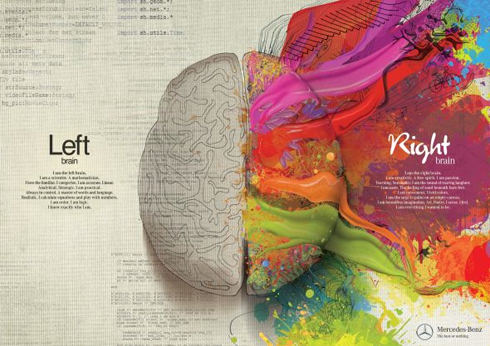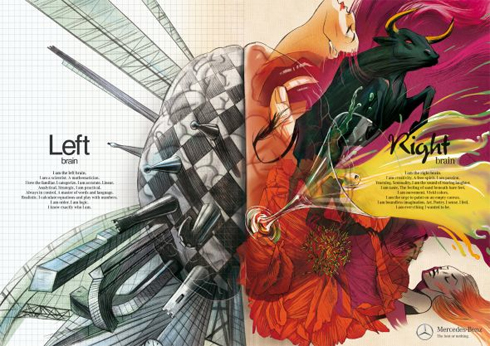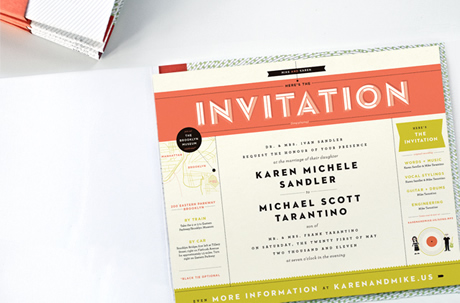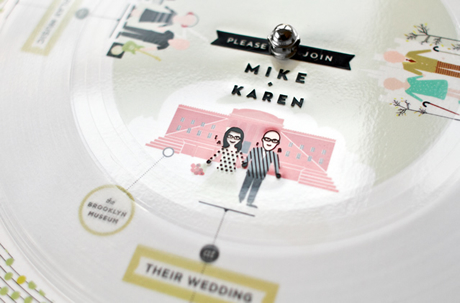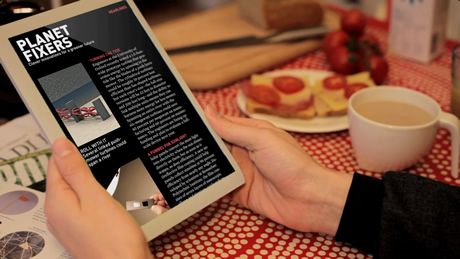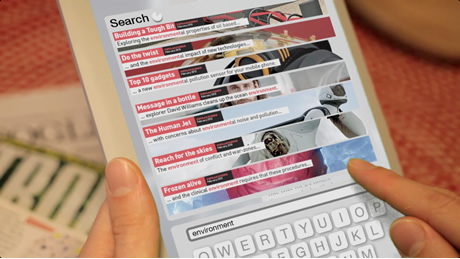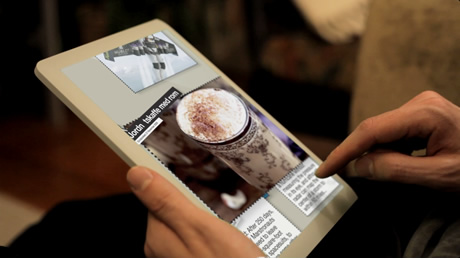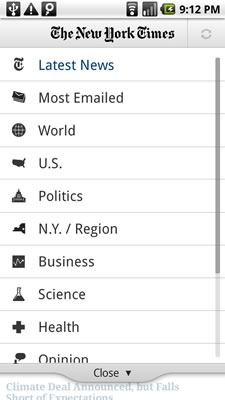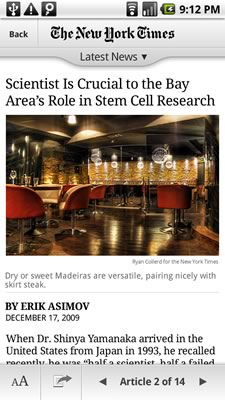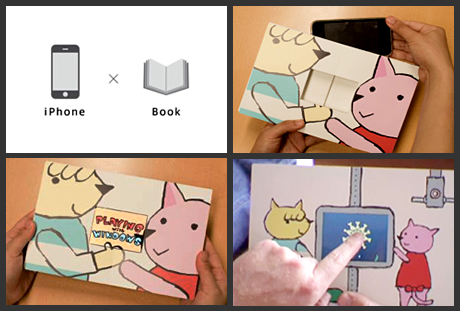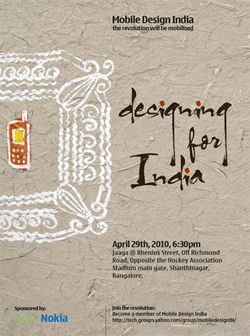
Mobile Design India’s first event  focuses on the theme of “Designing for Indiaâ€
The Indian market is a unique mobile innovation playground and untapped opportunity for anyone wanting to develop mass-market mobile experiences that needs to work across a myriad of languages, operators, income-segments, networks and user needs. Mobile has revolutionized the way people conduct business, get entertained, educated, married, to keeping up with cricket scores.
On one side the Indian masses go for “aspirational†experiences that make them stand out. At the same time the core offering of simplicity, universality and easy access has never been more important than the present, where all pc-based experiences from the developed world are already being leapfrogged by being made available directly on mobile in the places like India.  There are fewer legacies in markets like India. Mobile developers and designers have a wonderful opportunity to push for new behaviours, interactions and experiences.
This group is co-founded by Priya Prakash from Nokia, and she is planning the group’s first event. The event will focus on 4 companies/startups that are crafting mobile user experiences thus taking advantage of the Indian market mobile opportunity and challenges.
When: 29th April from 6:30pm onwards
Where: @ Jaaga | Rhenius Street, Off Richmond Road, Opposite the Hockey Association Stadium main gate, Shanthinagar, Bangalore.
Register here: http://tech.groups.yahoo.com/group/mobiledesignIN/
If you think designing for devices which is something you are passionate about, this is the right place and i am very excited about this event and hoping it will make big. 🙂
vivek
